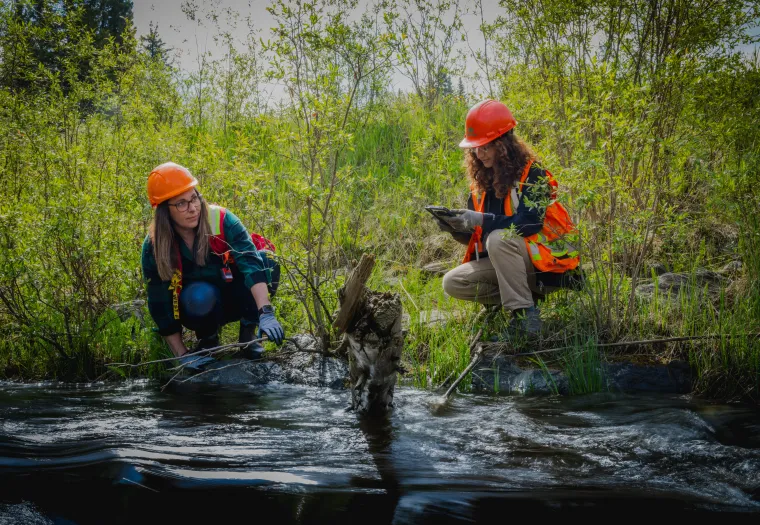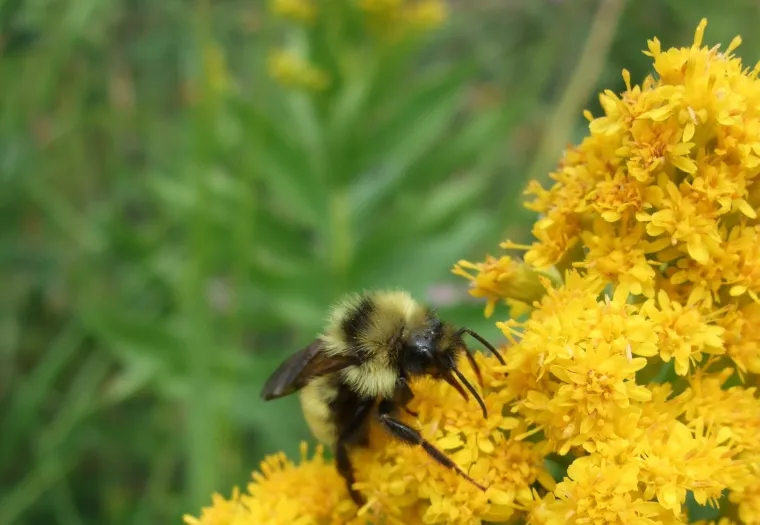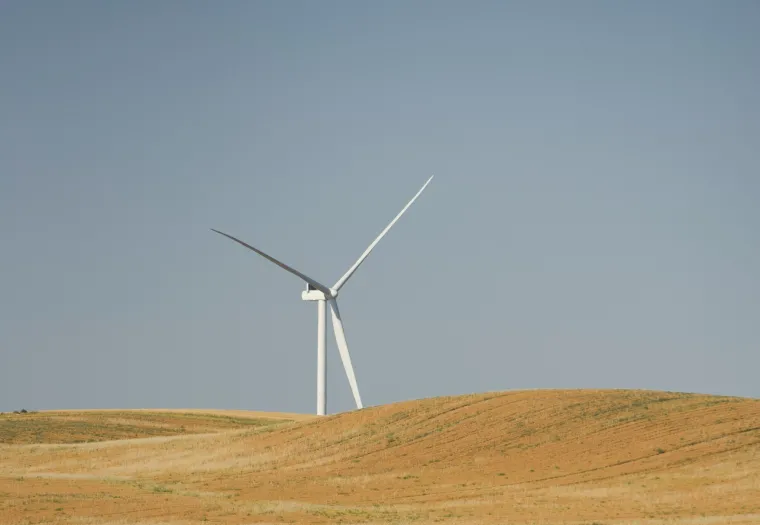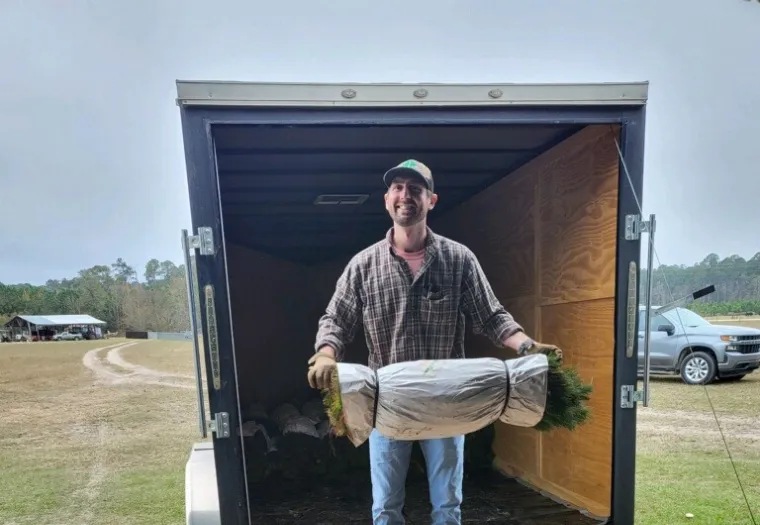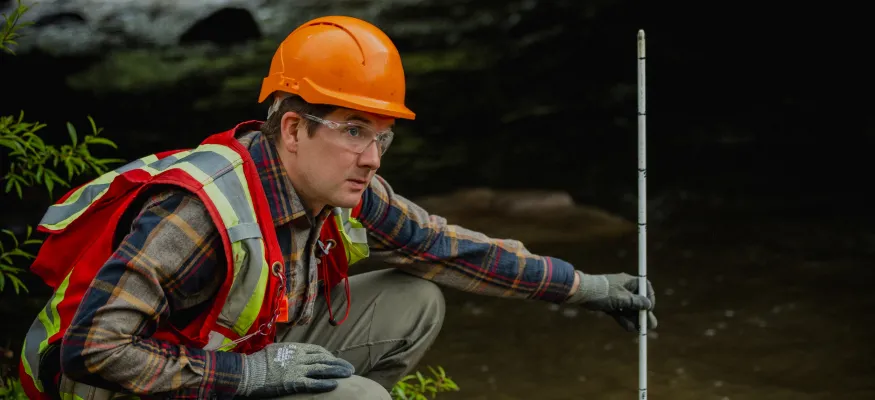
Environment
Striving for Environmental Excellence
Through our approach, West Fraser is building on our legacy of sustainability and enhancing the social, environmental and economic benefit in the communities in which we operate.
reduction in Scope 1 and 2 emissions
energy consumption is biogenic
million seedings planted in Canada
reduction in Scope 3 emissions

Our Scope 1, 2 and 3 emission reduction targets have been validated by the Science-Based Targets initiative (SBTi), and are aligned with climate science and the Paris Agreement 2030 goals.
Developing our integrated carbon management and reduction portfolio is a priority. We established an internal price for carbon to align our performance with our SBTi commitment and continue incorporating it into our capital allocation and business decision-making processes. Working with industry associations and partnerships, we adopt best practices and globally recognized methodologies for scenario analysis aligned with the Task Force on Climate-related Financial Disclosures (TCFD).
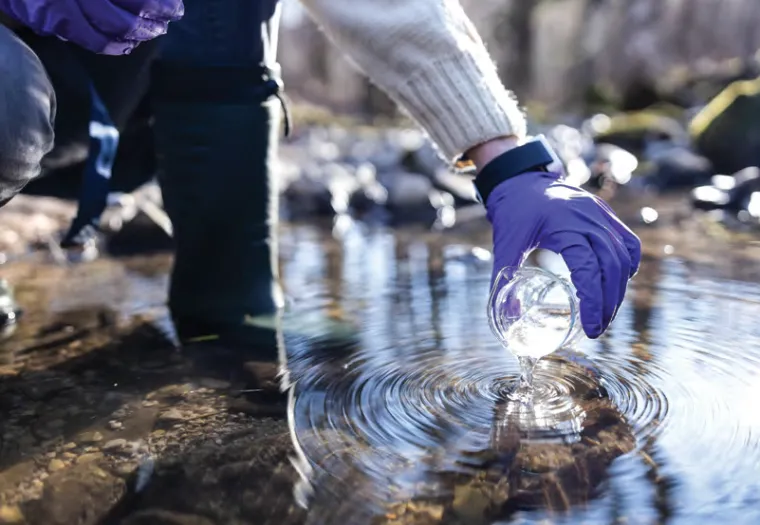
West Fraser is focused on the careful and trusted stewardship of all resources, and we have targets for improved resource efficiency and waste reduction.
Water, a vital natural resource, is carefully managed in our woodlands and manufacturing operations, and we operate under strict regulations regarding the protection of watercourses. All of our emissions sources are authorized by the respective regulatory agencies to meet applicable air quality standards, and we are continuing to prioritize air quality through our emission reduction targets.
When we process trees into solid wood, pulp and paper, we create beneficial by-products that are valuable energy sources. We continue to explore new ways to use wood by-products, and this is an important way that the company minimizes waste.
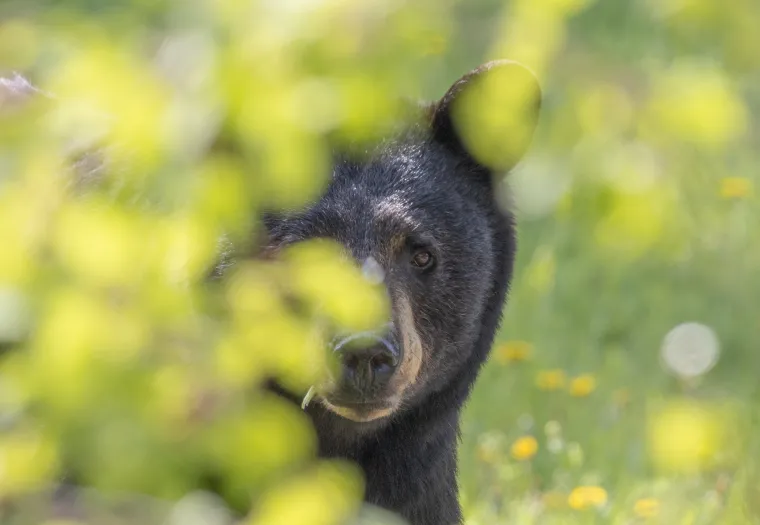
Managing for biodiversity and the resiliency of ecosystems is a core principle of our sustainable forests.
Active forest management ensures the long-term viability of forest ecosystems by implementing strategies that maintain ecosystem integrity, such as maintaining wildlife corridors, protecting sensitive habitats and promoting sustainable logging practices. This holistic approach fosters biodiversity, enhances ecosystem services and provides a framework for sustainable resource use, ultimately contributing to forest resilience.

West Fraser's business strategy requires that we make decisions today that contribute to a healthy planet for future generations.
West Fraser is committed to climate action and the stewardship of biodiversity, air, water, waste, energy, forest and land resources. We seek to improve our performance through embedding environmental and sustainability considerations into our business strategy, processes and organizational decisions.
